Criminals who ruled, the brave cops who took them on and crimes that rocked Mumbai over the past 40 years, some that still have the power to shock
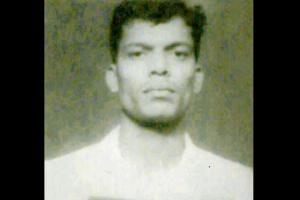
City's first encounter
ADVERTISEMENT
Dreaded gangster Manya Surve was shot dead in an encounter by Isaque Bagwan at Wadala. It was the first encounter in Mumbai. Sub-inspector Issac Bagwan, one of the branch's ace detectives, had received a tip-off from one of his informers that Surve, who had eluded the cops for long, was likely to show up near Ambedkar College at Wadala in north-central Mumbai the next morning. It led to the first ever police encounter.
Charles Shobraj arrested
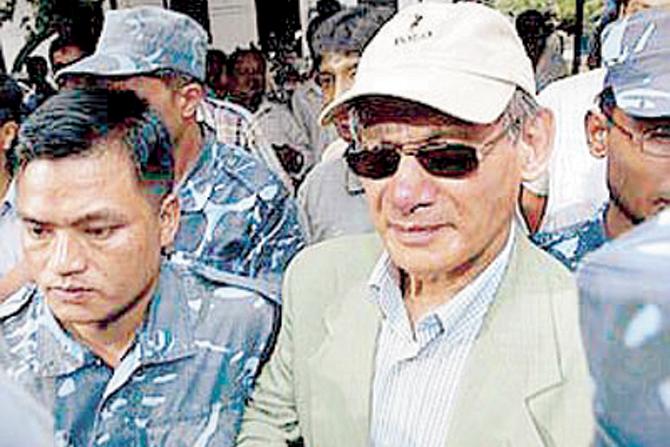
Mumbai Police Inspector Madhukar Zende caught up with escaped criminal and serial killer Charles Gurmukh Sobhraj in a sleepy Goan restaurant O'Coquero by posing as a tourist. Zende had also arrested the Bikini Killer earlier in 1971. Sobhraj allegedly committed at least a dozen murders, and was convicted and jailed in India from 1976 to 1997. After his release, he retired as a celebrity in Paris. Sobhraj returned to Nepal in 2003, where he was arrested, tried, and received a life term.
Dirty Harrys and their nasty tricks
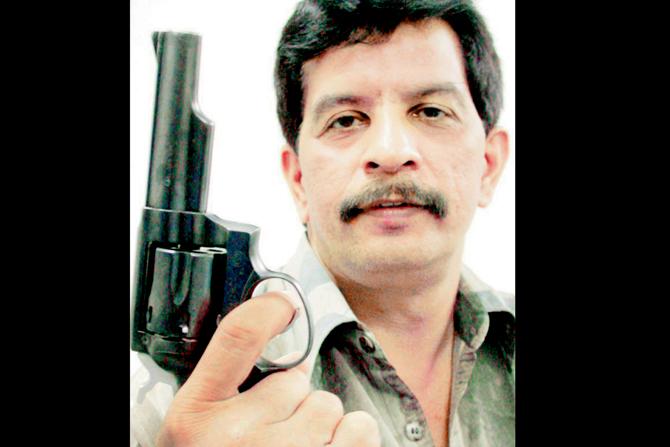
Pradeep Sharma
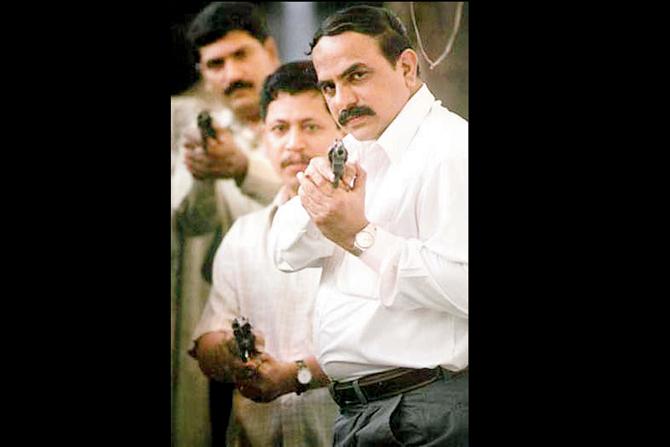
Praful Bhosle
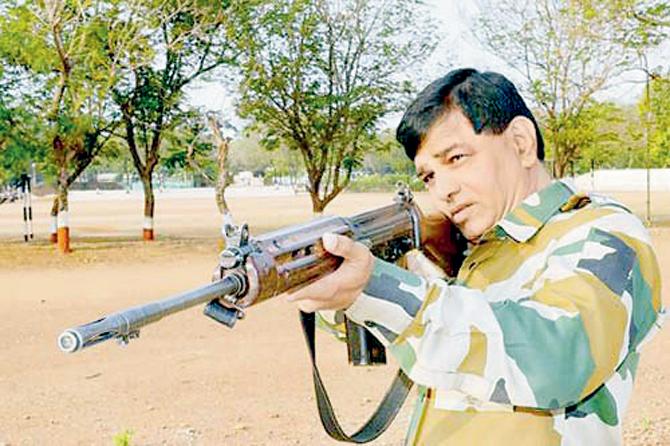
Ravindra Angre
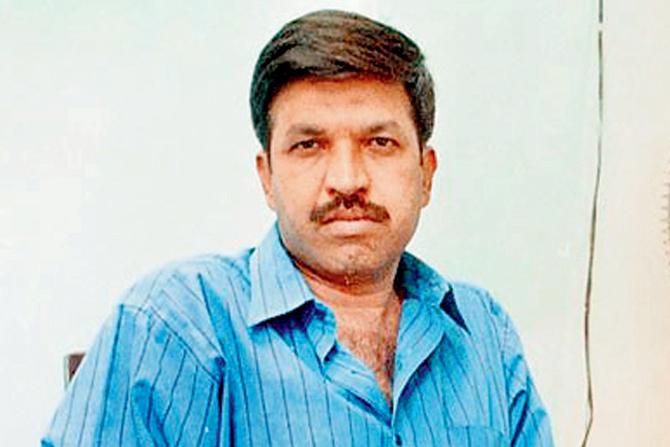
Vijay Salaskar
At least 12 of Mumbai's erstwhile encounter specialists hailed from a single batch of the Police Training Academy, Nashik. The 1983 graduates, Vijay Salaskar, Praful Bhosale, Pradeep Sharma and Ravindranath Angre trained together to join the Maharashtra Police. They were all assigned to the Mumbai Police, which recruits the brightest officers. At the academy, they learned the basics of policing.
Special squad to fight terror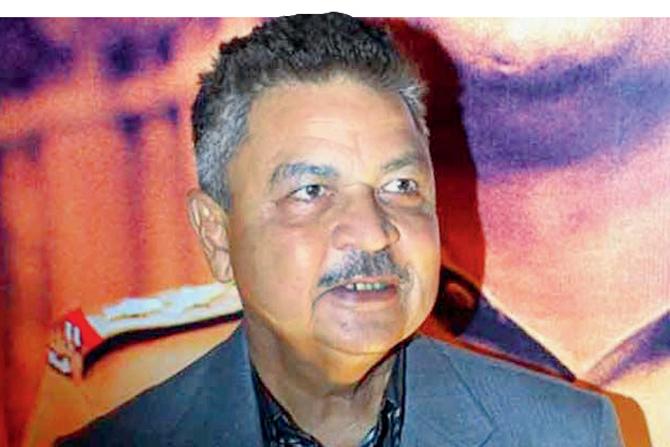
The Anti-Terrorism Squad or ATS was founded in Maharashtra in 1990 by then Additional Commissioner of Mumbai Police Aftab Ahmed Khan popularly known as A A Khan. He was inspired by the Los Angeles Police Department's Special Weapons & Tactics (SWAT) teams' methods to combat modern-day terrorism. Since its formation in 1990, ATS officers have won 23 gallantry awards. The Mumbai ATS was involved in the November 26, 2008, hostage rescue operations in multiple locations in Mumbai.
Death of crime lord Varadarajan
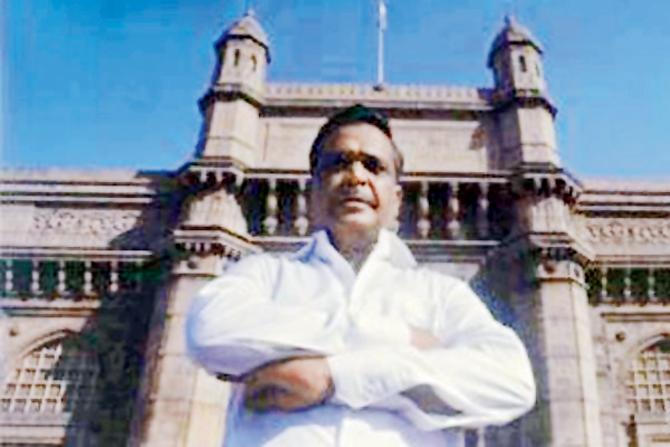
The Tamil don controlled areas in Dharavi and Matunga. In his fiefdom, he also protected small-time bootleggers and looked after their marketing and distribution. Police chief J F Ribeiro posted erstwhile deputy commissioner of police Y C Pawar in the high-pressure Dharavi zone. The police had busted the organised mafia's network in Sion-Koliwada area. The don surrendered on January 5, 1987 and died in Madras on January 2, 1988, of a heart attack.
Opera House heist
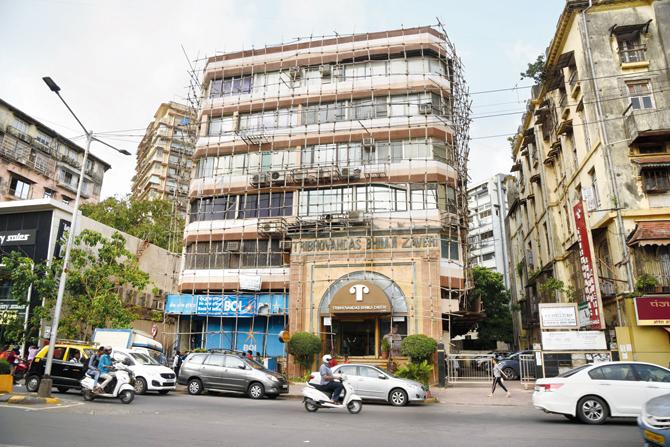
On March 19, 1987, a group posing as Central Bureau of Investigation officers executed a fake income tax investigation raid on the Opera House branch of Tribhovandas Bhimji Zaveri & Sons Jewellers in Mumbai, India. This case remains unsolved. The person posing as Mon Singh or Mohan Singh had placed a classified ad in March 17, 1987 issue of a newspaper, asking for 'Dynamic Graduates for Intelligence Officers Post and Security Officers Post'.
Blast accused Sanjay Dutt held

Samir Hingora and Hanif Kadawala arrested for the March 12, 1993 blasts, named actor Sanjay Dutt. On April 19, 1993, Dutt was picked up by the Crime Branch upon his arrival from Mauritius. He was arrested for possession of weapons. A 10,000-page charge sheet was filed against 189, including Dutt. The case was handed over to the CBI.
Ambani-Wadia caught in a feud
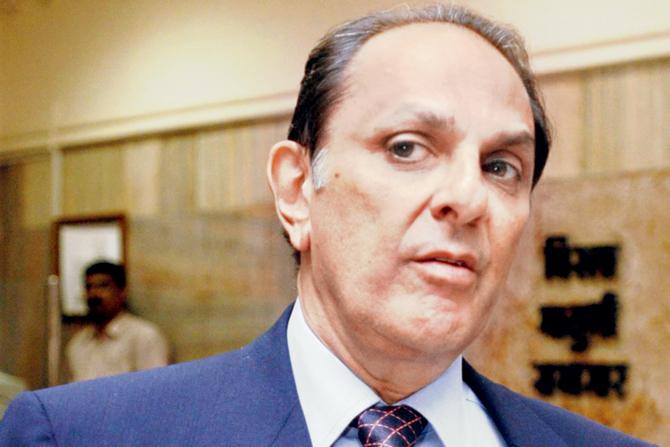
Industrialist Nusli Wadia had alleged a murder attempt had been made on him and named Kirti Ambani, a senior Executive at Reliance Industries Ltd (RIL) as the prime accused. Kirti, who is not related to the Ambanis, was arrested by Central Burea of Investigation. While the police say they have a watertight case, the Ambanis have vociferously denied any role in the attempt, dismissing Wadia as an insignificant business rival. Kirti died in 2017, but the case still continues.
Stoneman shakes up city
In 1985, and lasting well over two years, a series of 12 murders were committed in the Sion and King's Circle area. The criminal or criminals' modus operandi was to find an unsuspecting victim sleeping alone in a desolate area and then crush his head with a stone weighing as much as 30 kg. As mysteriously as the killings had started, by the middle of 1988, they stopped. To this date the case is unsolved.
Long road to justice
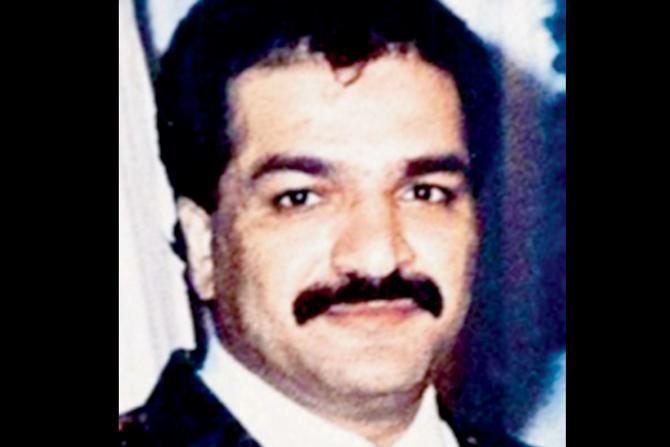
The 1993 Bombay Bombings were a series of 12 explosions that took place on March 12, 1993. The attacks resulted in 257 fatalities and 713 injuries. The attacks were reported to be coordinated by Dawood Ibrahim. He was believed to have ordered and helped organise the bombings through his subordinates Tiger Memon and Yakub Memon. The Supreme Court of India gave its judgment on March 21, 2013, after over 20 years of judicial proceedings, upholding the death sentence against suspected ringleader Yakub Memon while commuting the previous death sentences against 10 others to life in prison.
Murder of a music mogul
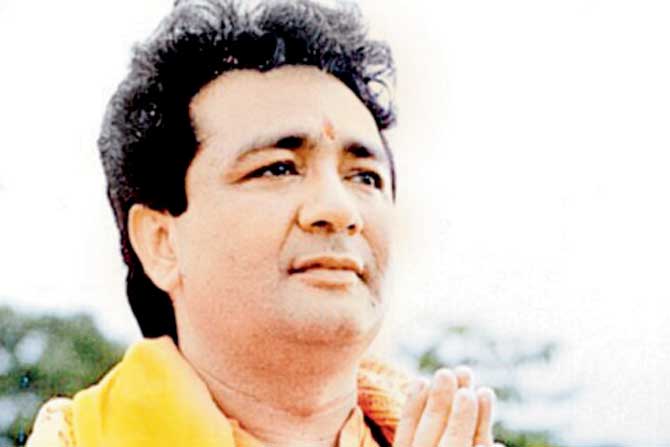
Gulshan Kumar, owner of T-Series, was shot dead while coming out of a temple at Jeet Nagar in Juhu. Three assailants had pumped 16 bullets into him, killing him on the spot. Music composer Nadeem Akhtar Saifee was declared a co-conspirator in Kumar's murder. Saifee, who allegedly hired the killers, has been in the United Kingdom ever since. The owner of a music company was arrested on charges of abetting the crime, but was later released.
Rakesh Roshan shot by Pujari gang
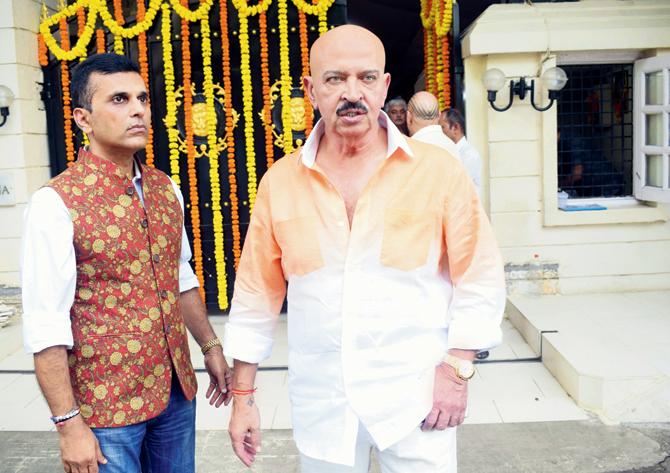
On January 21, 2000, filmmaker Rakesh Roshan was shot at by two Budesh gang members near his office on Tilak Road at Santacruz West. The assailants fired two bullets at him, one of which hit him on the left arm, while the other grazed his chest. As the director fell to the ground, the assailants fled the scene. The assailants were later identified as Sunil Vithal Gaikwad and Sachin Kamble.
Big Bull wrecks D-Street
Harshad Mehta, a broker, siphoned off around R1,000 crore from the banking system to buy stocks on the Bombay Stock Exchange. As he pumped in money, the markets continued to achieve new highs. In the period between April 1991 and April 1992, the Sensex went into a frenzy and returned 274 per cent, moving from 1,194 points to 4,467. That is the highest annual return for the index. The scam came to light when the State Bank of India reported a shortfall in government securities. That led to an investigation that later showed that Mehta had manipulated around R3,500 crore in the system. Mehta was jailed in 1992. He died in jail on December 31, 2001, after a cardiac arrest.
Riots that changed Mumbai
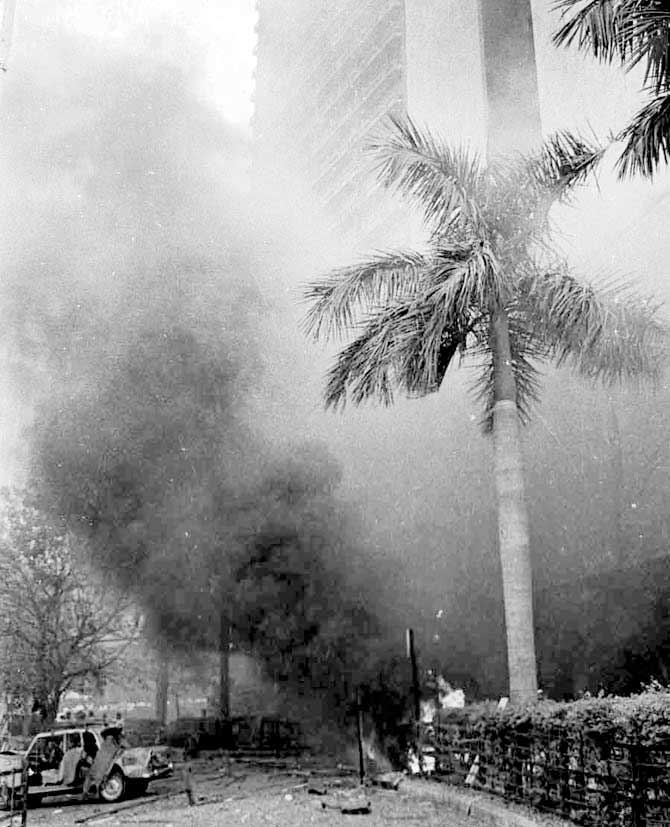
The Bombay riots usually refers to the riots in Mumbai, in December 1992 and January 1993, in which around 700 people died. The riots broke out after escalation of hostilities after large-scale violent protests by Muslims in reaction to the 1992 Babri Masjid Demolition by Hindu karsevaks in Ayodhya. An investigative commission was formed under Justice BN Srikrishna, but the recommendations of the inquiry were not enacted. The violence was widely reported as having been orchestrated by the Shiv Sena. The riots were followed by the retaliatory March 12, 1993 Bombay Bombings.
Terror revisits, this time on trains
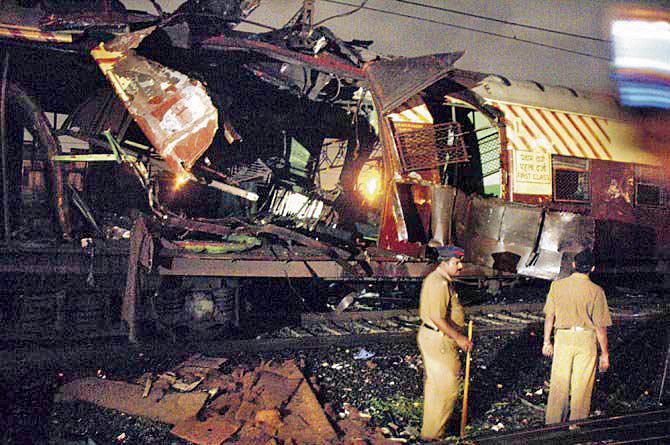
When seven RDX bombs exploded in the first class coaches of seven local trains on July 11, 2006, it left 188 people dead and 829 injured. The blasts occurred in five minutes, beginning at 6.23 pm, and bombs began to go off post-Matunga Road station towards the Virar end. The Anti-Terrorism Squad (ATS) arrested 13 people.
A gangster is brought to book

On September 20, 2002, Abu Salem was arrested by Interpol in Lisbon, Portugal. He was convicted for the 1993 Bombay blasts, and murder of music baron Gulshan Kumar in 1996, shooting at Indian actress Manisha Koirala's secretary, murdering a property builder and more than 50 other cases. In February 2004, a Portugal court cleared his extradition to India to face trial in the 1993 blasts case. In November 2005, Portuguese authorities handed him over to India.
Shootout at Lokhandwala
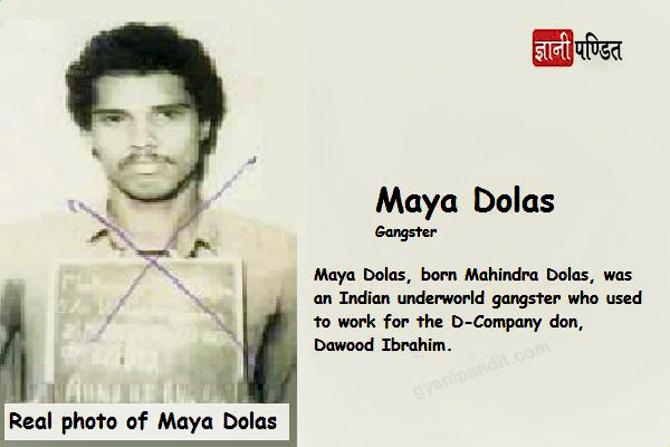
The 1991 Lokhandwala Complex shootout was a gun-battle that occurred on November 16, 1991, at the Lokhandwala Complex, between seven gangsters, led by Maya Dolas, and members of the Mumbai police and the ATS led by the then Additional Commissioner of Police Aftab Ahmed Khan. The four-hour-long shootout was termed as India's "first daylight encounter" and was videographed and conducted in full view of the public. It ended in the deaths of all seven gangsters, including Maya Dolas, Dilip Buwa and Anil Pawar.
There's a don in the House
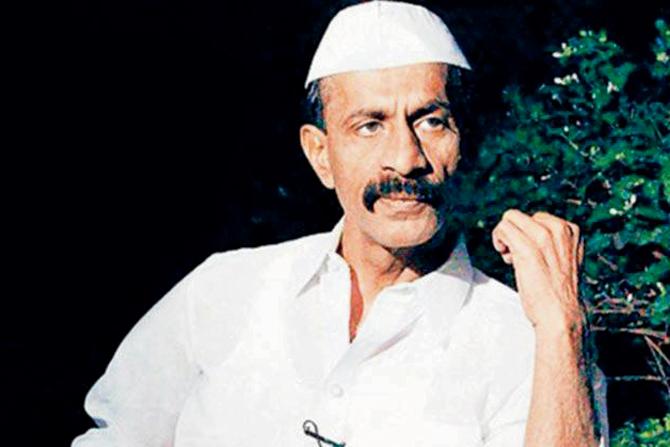
Once a gangster, Gawli formed the Akhil Bharatiya Sena in 1997. In 2004, Gawli was elected Member of the Legislative Assembly (MLA) from the Chinchpokli constituency as an Akhil Bharatiya Sena candidate. Gawli's rise in prominence is believed to be due to his "native roots" as a local lad, which makes him distinct from most other non-Marathi-speaking politicians.
Cobbler scam
The Cobbler Scam is one of the biggest multi-million dollar scams in Indian history, also known as The Great Cobbler Scam. Various businessmen and politicians had siphoned around R1,000 crore in this scam. The money from the scheme was meant to provide low interest loans and tax concessions to the Mumbai's poorest – cobblers. The modus operandi was to float a cooperative society of cobblers to avail of government loans through various schemes. The scam had cost the government around R1,200 crore.
A SOS for the city
Several murders by gangsters in the city forced the Mumbai Police to launch a Special Operation Squad. The murders had become routine for killers and had spread throughout the city. Officers comprising Vijay Salaskar, Ravindra Angre and Avinash Sawant were on the squad.
Hitman with the pizza
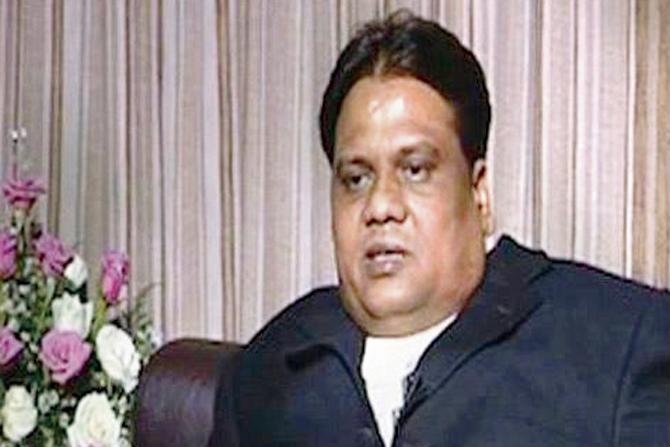
In September 2000, Dawood tracked down Chhota Rajan in Bangkok. Posing as a pizza delivery man, they gunned down Rajan's trusted hitman Rohit Varma and his wife. However, their aim of killing Rajan failed, with Rajan escaping through the hotel's roof and fire-escape. He later recovered in a hospital.
When terror walked in from the sea
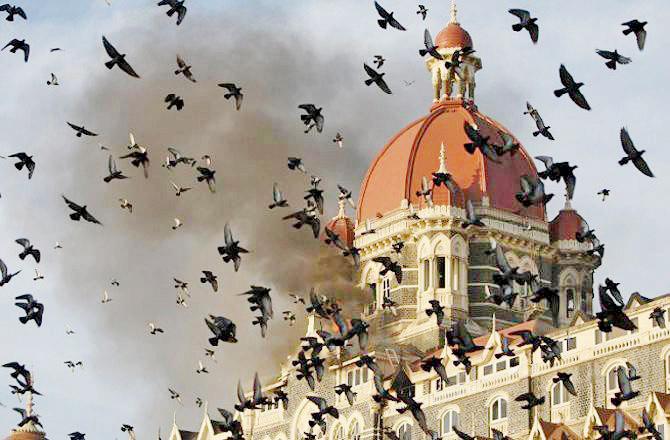
The 2008 Mumbai terror attacks, also known as 26/11, were one of the biggest terrorists attacks in the country. A group of terrorists carried out a series of 12 coordinated shooting and bombing attacks that lasted four days. Leopold Cafe, Taj Mahal Palace & Towers, Trident Oberoi, Cama Hospital, Chhatrapati Shivaji Maharaj Terminus were a few of the targets of the Lashkar-e-Taiba terrorist organisation. More than 150 people lost their lives while 300 people were badly wounded.
Crime goes online, cops follow
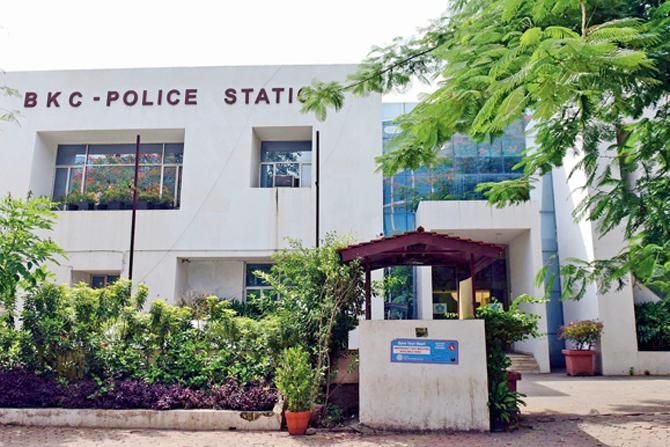
Mumbai Police set up first Cyber Police station in Bandra-Kurla Complex to probe cyber related crimes occurring in the city.
Blast on the bus
On December 2, 2002, a bomb placed under a seat of a B.E.S.T. bus exploded near the busy Ghatkopar station. Two people died and 50 injured. Later, the police defused an unexploded bomb from another BEST bus in SEEPZ industrial area at Andheri. Convicts in the August 25, 2003 Mumbai bombings, the twin bomb blasts in Zaveri Bazaar and Gateway of India, confessed to planting the unexploded bombs in the SEEPZ bus. The police arrested several young men for the blast. One of the arrested, Khwaja Yunus, allegedly escaped from police custody. It is now held that Yunus died of torture in police custody.
Bhai in trouble

On September 28, 2002, Salman Khan was arrested for rash and negligent driving after his car crashed into a bakery in Bandra; one person who was sleeping on the pavement outside the bakery died and three others were injured in the accident. Charges of culpable homicide were framed against him, but later dropped. On July 24, 2013, he was formally charged with culpable homicide in the case, to which he pleaded not guilty. On 6 May 2015, Khan was found guilty of all charges in the case.
A murder made for TV
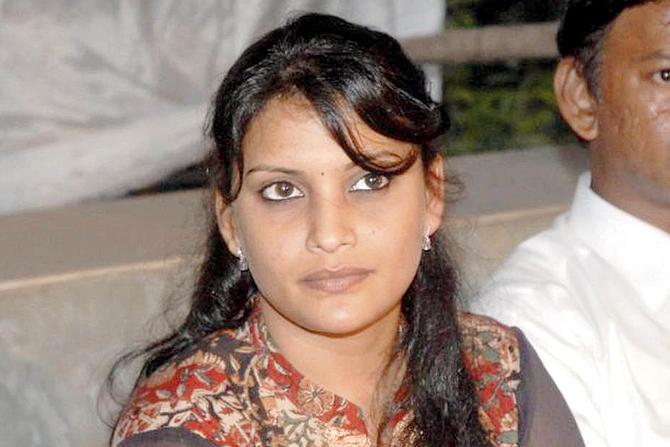
Neeraj Grover, a television executive working for Synergy Adlabs, was found dead in May 2008, a crime for which actress Maria Susairaj and her boyfriend Lieutenant Emile Jerome Mathew were arrested. Mathew was eventually found guilty of culpable homicide not amounting to murder and for destroying evidence. Susairaj was acquitted of the murder, but found guilty of destroying evidence. The killing and subsequent trial received significant press coverage in India.
Tanushree Dutta, Nana Patekar case

Actor Tanushree Dutta alleged that Nana Patekar sexually harassed her during the shooting of a dance sequence on the sets of the movie Horn OK Please. Based on her complaint, a case has been registered at Oshiwara police station against Patekar, choreographer Ganesh Acharya, producer Samee Siddhiqui and director of the movie Rakesh Sarang under sections 354 (assault or criminal force to woman with intent to outrage her modesty) and 509 (word, gesture or act intended to insult the modesty of a woman) of the Indian Penal Code.
Death that turned the tables
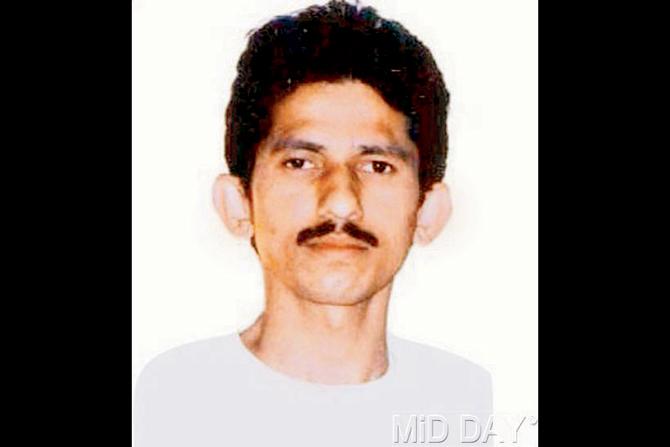
Khwaja Yunus, 27, had been picked up by police in the 2002 Ghatkopar blast case in Mumbai. While the police claimed he escaped in January 2003 while being taken to Aurangabad for the probe, a CID inquiry — ordered by the high court on a petition filed by his father — revealed that he died in police custody. The inquiry indicted 14 policemen, but the government sanctioned prosecution of only four.
MPID Act comes into existence
As many of the 'double-your-money' schemes were floating in the market, the Sheregar scam in Mumbai reached the peak of scams. Ashok Sheregar, a BEST employee, had started a scheme of double your money in 30 days. Initially, BEST employees invested in this scheme and received twice the amount. According to an estimate, 60 to 80 crore rupees was siphoned off and 60,000 people were cheated. This triggered the Maharashtra Protection of Interest of Depositors (in financial establishments) Act, 1999.
Life of a sadhvi, foretold
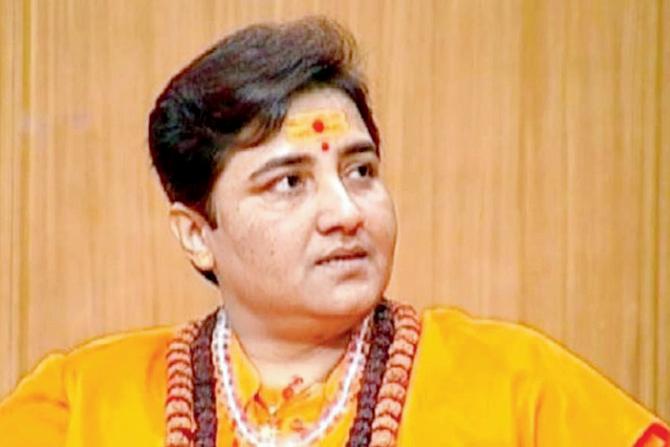
On September 29, 2008, three bombs exploded in the states of Gujarat and Maharashtra killing 10 people and injuring 80. Two bombs went off in Malegaon, which killed nine people while another blast in Modasa, Gujarat resulted in the death of one person. Sadhvi Pragya Singh and Lt Col Prasad Purohit were arrested in connection with the bombings.
Terror suspect dons black coat
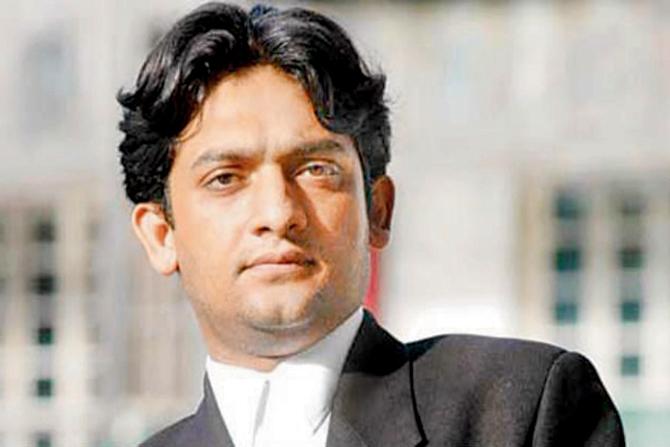
Shahid Azmi, a lawyer best known for defending cases of people accused of terrorism was shot dead by four assailants in his office in Kurla, on February 11, 2010, at the age of 32. When he was younger, he was arrested under the Terrorist and Disruptive Activities (Prevention) Act, for plotting against the state. He spent seven years in Delhi's Tihar Jail. In jail, he was encouraged to resume his education, and by the time he was released, he had earned a degree in law. In 2003, he began practising as a criminal defence lawyer in Mumbai. The cases he defended were almost exclusively of those accused of terrorism.
Azad Maidan riots
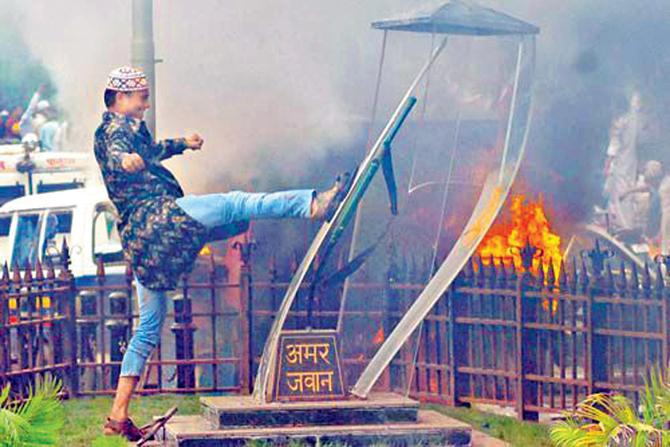
In August 2012, a protest by Indian Muslims, organised at Azad Maidan to condemn the Rakhine riots and Assam riots, turned into a riot. The riot reportedly began as the crowd got angry either after hearing an inflammatory speech or after seeing photographs of Assam violence and Rakhine state riots. The riot resulted in two deaths and injuries to 54 people including 45 policemen. The Mumbai Police estimated that the riots caused a loss of 2.74 crore in damages to public and private property. The case is still running in the Chief Metropolitan Magistrate court.
Another one gets away
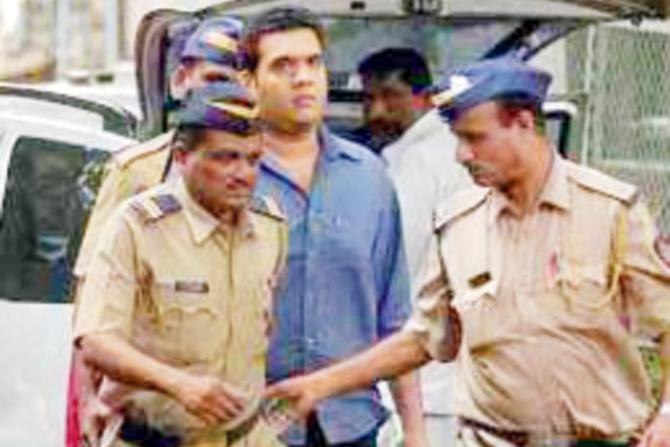
On January 12, 2012, over five years after Alistair Pereira, driving under the influence of alcohol, ran over 15 labourers sleeping on a Mumbai pavement and killed seven of them, the Supreme Court upheld a Bombay High Court verdict awarding him a three-year jail sentence. Pereira had till then served just a month in jail.
J Dey shot dead
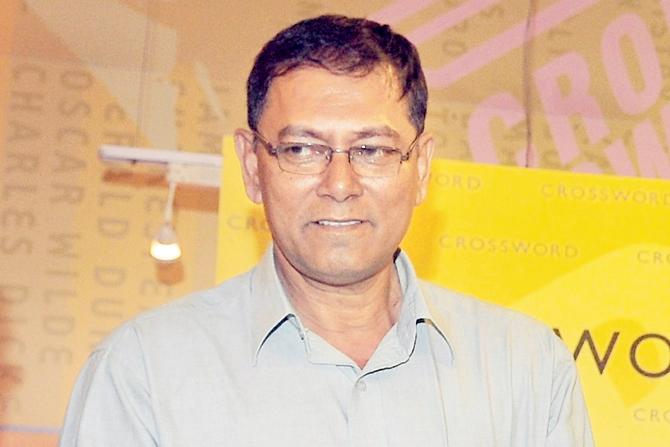
In June, 2011, senior journalist and investigations editor with mid-day, J Dey, was shot dead outside Spectra Building near DMart at Powai. He sustained five bullet wounds. He was rushed to Powai's Hiranandani Hospital where he was declared dead on admission. Preliminary information by the police reveals that four unidentified men riding two motorcycles shot at him. The shooters escaped from the spot after firing the rounds. Chhota Rajan and eight others were given life sentences for the murder.
Killed for standing up
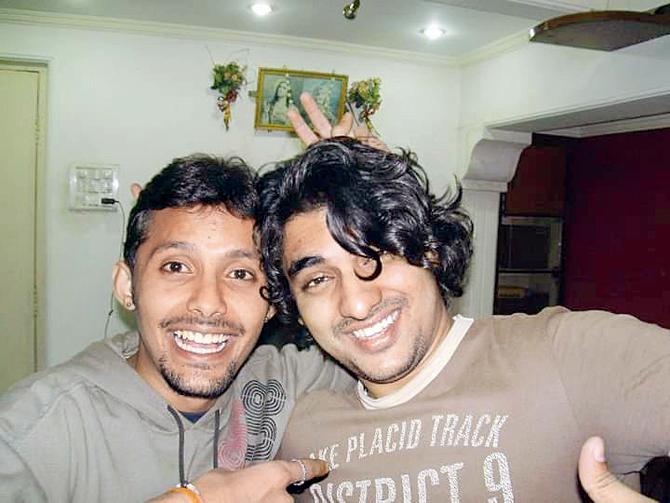
On October 20, 2011, Keenan, 24, Reuben, 29, had an argument outside Amboli Bar and Kitchen restaurant in Andheri, with a group of men who misbehaved with their women friends. The group of men retreated following a scuffle but returned later with 10 more people. Keenan and Reuben were stabbed repeatedly. Dozens of people watched the men attacking the two friends but no one came to their rescue. Keenan died on the spot while Reuben died later. Four accused, Jitendra Rana, Sunil Bodh, Satish Dulgaj and Dipak Tival, were arrested the day after the incident.
When even stations aren't safe
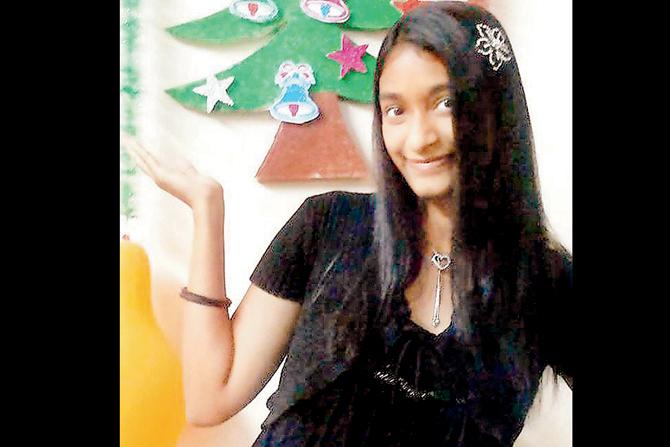
Esther Anuhya, a 23-year-old techie from Andhra Pradesh, had arrived at Lokmanya Tilak Terminus on January 5, 2014. She went missing soon after. Chandrakant Sanap, who was arrested after two months, confessed that he had offered a lift to Anuhya and attempted to rape her. When she retaliated, he killed her and burned his body near Kanjurmarg on the Eastern Express Highway. Sanap has been given the death penalty by the HC.
Landmark Act
Parliament approved a bill to protect children below 18 from sexual abuse, set up special courts for speedy trial of cases against them and provide stringent punishment extending up to life term for offenders. The bill is gender neutral. It seeks to protect all children from sexual offences, the burden of proof will lie with the accused. The bill, which was earlier cleared by Rajya Sabha, was approved by the Lower House by voice vote. All below 18 years will be treated as children and efforts have been made to keep provisions of the bill child-friendly.
Dance bars banned by state
The Maharashtra Assembly passed a law to ban dance bars across the state. The Congress-NCP led government approved the amendment in the Maharashtra Police Act which banned performances by bar dancers in hotels, bars and restaurants.
Ajmal Kasab hanged
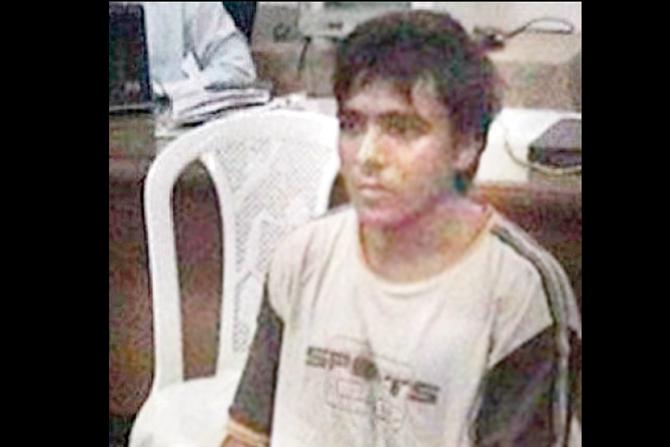
In November 2012, Ajmal Kasab, the Lashkar-e-Toiba operative who was sentenced to death for his role in the 26/11 terror attack on Mumbai, was hanged at the Yerwada Jail in Pune, just five days before the nation observed the fourth anniversary of the attack that left 166 people dead, and several others injured. Kasab's unclaimed body, since his family is in Pakistan, was buried in Yerwada Jail itself.
Spectre of fixing returns
The first betting racket in the Indian Premier League tournament was busted with the arrest of four people accused by the Navi Mumbai Crime Branch. Acting on a tip-off, the Crime Branch officers got an informer to contact the accused as an interested punter, following which the police received the contact number of the accused. Using the cellular location of the contact number, Senior Police Inspector Jagdish Kulkarni from the Central unit, along with his team, raided the Krishnakunj building in New Panvel and arrested four accused. They have been identified as Imran Dhani, 27, Jayesh Kariya, 28, Aashirwad Mhaske, 24 and Sandeep Yadav, 41.
By Anurag Kamble, Suraj Ojha, Diwakar Sharma and Faizan Khan
Catch up on all the latest Crime, National, International and Hatke news here. Also download the new mid-day Android and iOS apps to get latest updates
 Subscribe today by clicking the link and stay updated with the latest news!" Click here!
Subscribe today by clicking the link and stay updated with the latest news!" Click here!







